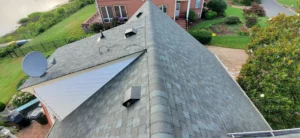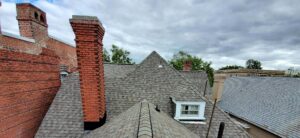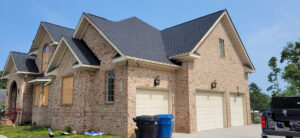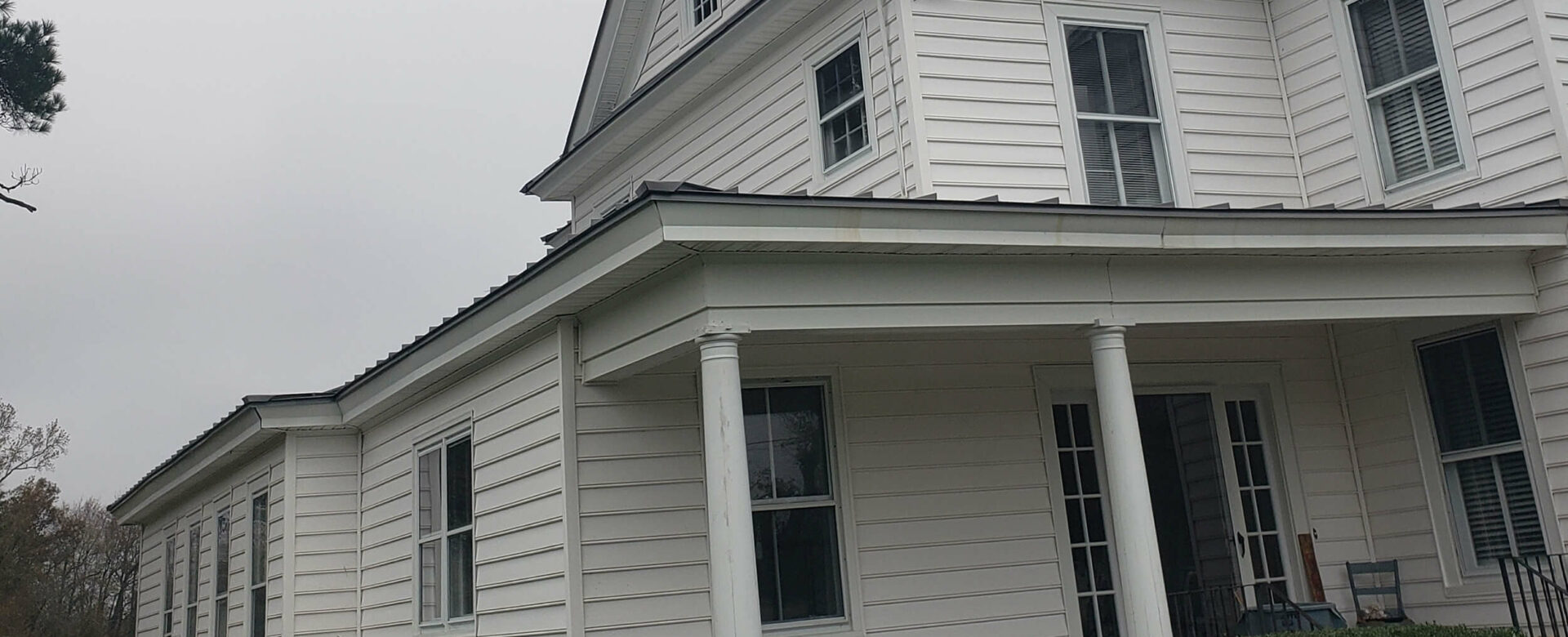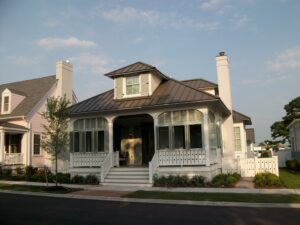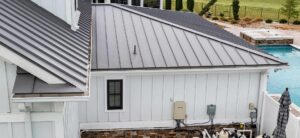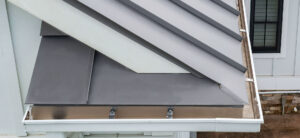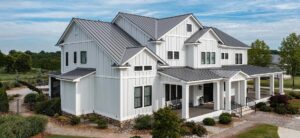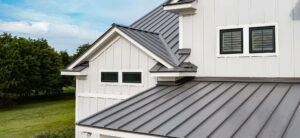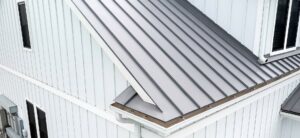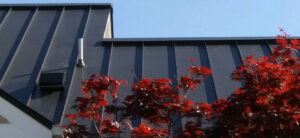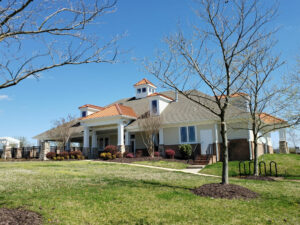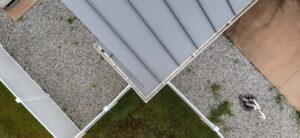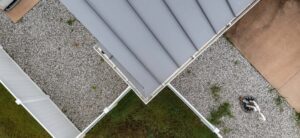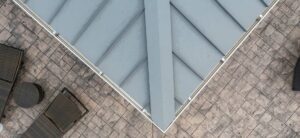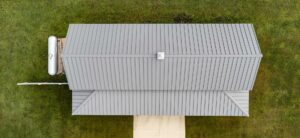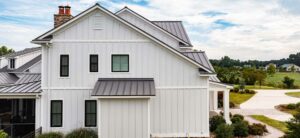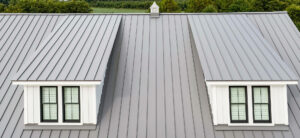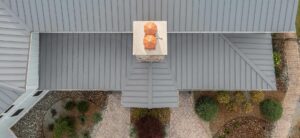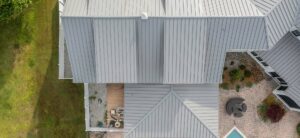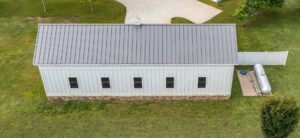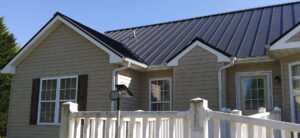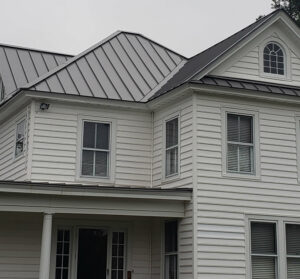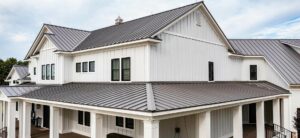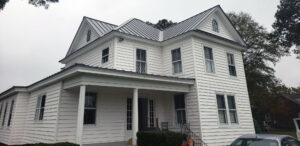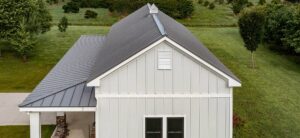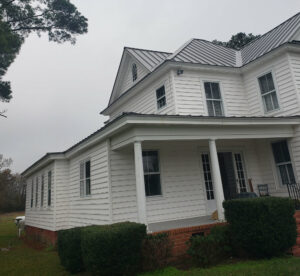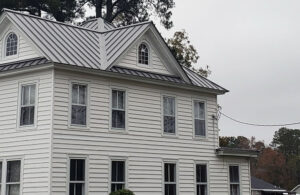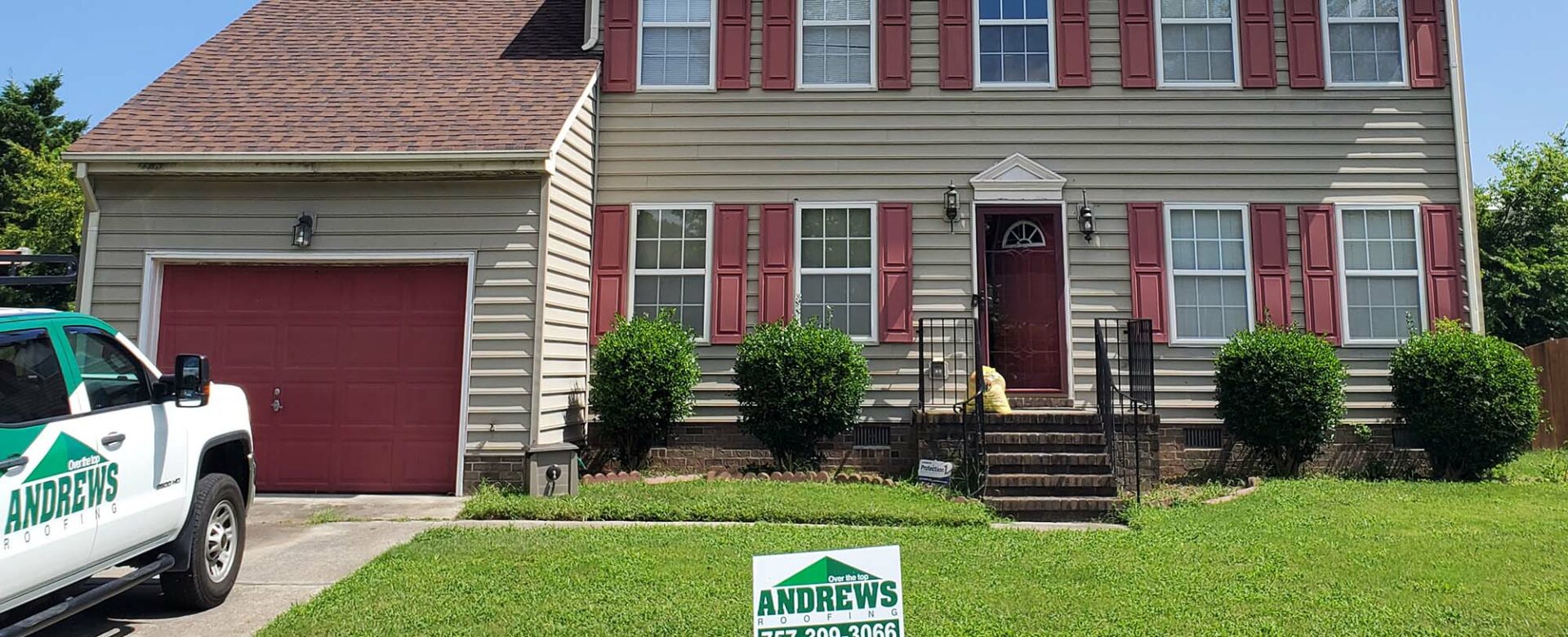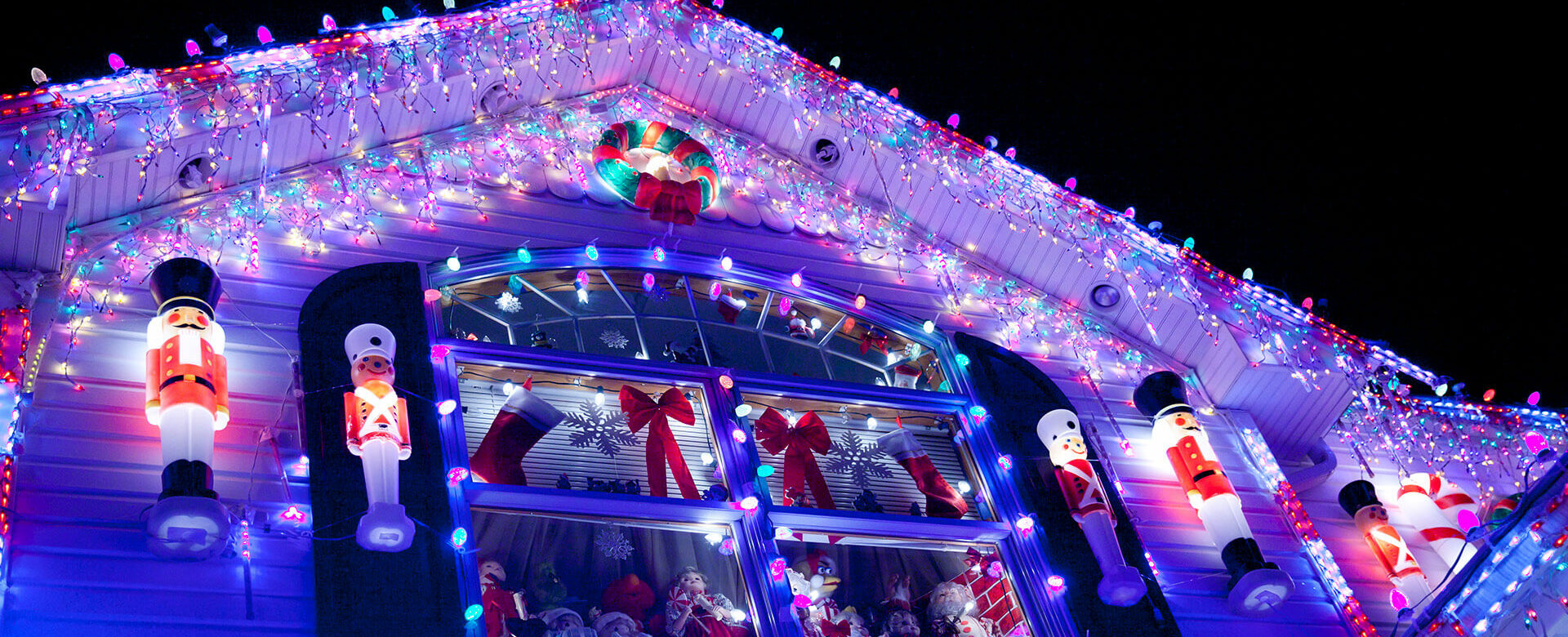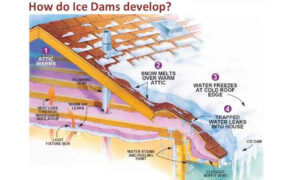Replacing your home’s roof is a significant investment and can be a daunting task, especially if it’s your first time going through the process.
As a small, local roofing company, we understand the apprehensions homeowners in the Hampton Roads region might have, especially when it comes to budget, timeline and impact on your daily life. We’re here to provide you with a comprehensive guide on what to expect during your roof replacement journey, ensuring you feel informed and confident every step of the way.
Step One: Initial Consultation and Inspection
When you first contact us, we’ll schedule a convenient time for an initial consultation. This is a great opportunity for you to discuss your concerns, preferences, and budget. We’ll listen carefully to understand your needs and provide you with tailored advice.
Our team will conduct a detailed inspection of your current roof. This helps us identify any underlying issues that need to be addressed, such as leaks, damaged shingles, or structural problems. We use this information to create an accurate estimate and a comprehensive plan for the replacement.
Step Two: Detailed Estimate and Planning
Following the inspection, we’ll provide you with a detailed estimate that outlines the costs involved. Our estimates are transparent, with no hidden fees, ensuring you know exactly what to expect financially.
We’ll guide you through the process of selecting the right materials for your new roof. Whether you prefer asphalt shingles, metal roofing, or another material, we’ll explain the pros and cons of each option to help you make an informed decision that stays within your budget.
Step Three: Scheduling and Preparation
We know a home improvement project of this size can have a significant impact on your daily life. As a small, local business we take the individual concerns of our clients seriously and do our best to provide personalized service at every step. We’ll work with you to schedule the roof replacement at a time that minimizes disruption to your family and schedule.
Before we begin, we’ll take steps to protect your property. This includes covering landscaping, setting up safety measures, ensuring that the work area is secure, and that you have easy access to your home.
Step Four: The Roof Replacement Process
On the first day of the replacement, we’ll start by removing the old roofing materials. This can be noisy and messy, but we take care to keep the work area as clean and orderly as possible.
If we discover any issues with the roof deck or underlying structure, we’ll bring them to your attention and address them promptly. Fixing these problems is crucial to ensure the longevity and performance of your new roof. While fixing underlying issues may require additional cost, it is well worth it in the end to have the job done right and up to manufacturer standards so your warranty is protected.
With the old materials removed and any necessary repairs made, we’ll proceed with installing your new roof. Our skilled team of roofing professionals has decades of combined experience in the industry as well as working with issues specific to homes in the Tidewater region. They work efficiently and with precision to ensure a high-quality installation.
Step Five: Post-Installation and Cleanup
We understand that a clean worksite is important to you. After the installation is complete, we’ll conduct a thorough cleanup, removing any debris and ensuring your property is left in excellent condition.
Before we consider the job done, we’ll perform a final inspection to ensure every detail meets our high standards. We’ll walk you through the completed work, answering any questions you may have.
Step Six: Aftercare and Maintenance
Your new roof will come with a warranty, and we’ll explain the coverage in detail and provide any necessary paperwork or documentation. Additionally, we’re always available for any future questions or maintenance needs. As a local company, we’re just a phone call or click away.
We’ll also provide you with maintenance tips to help you keep your new roof in top condition. Regular maintenance can extend the life of your roof and prevent costly repairs down the line.
Go Local with Andrews Roofing
Choosing a small, local roofing company like ours means you’ll receive personalized service, attention to detail, and a commitment to quality that larger companies often can’t match. We take pride in our work and in serving our community, and we’re dedicated to ensuring your roof replacement experience is smooth and stress-free. If you’re ready to invest in a new roof for your home, contact Andrews Roofing today.





